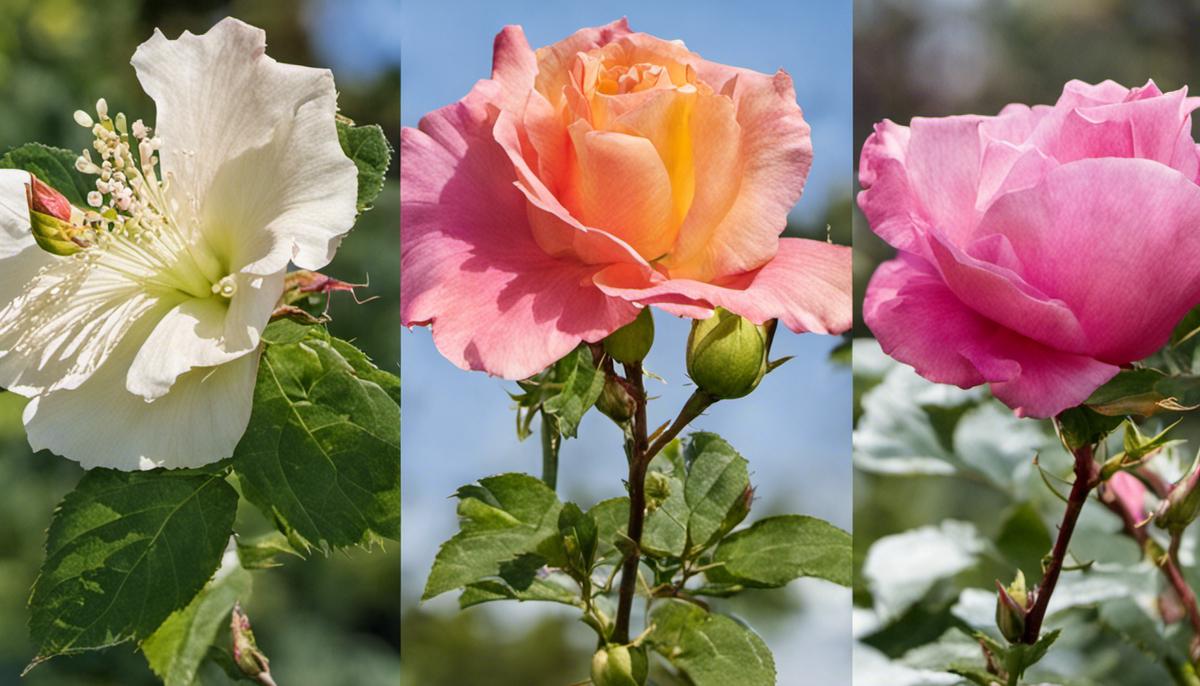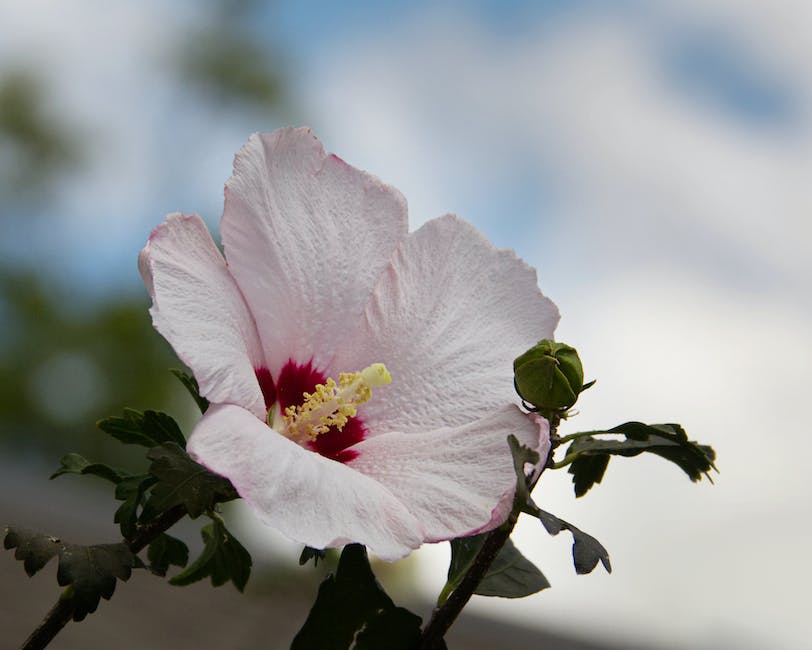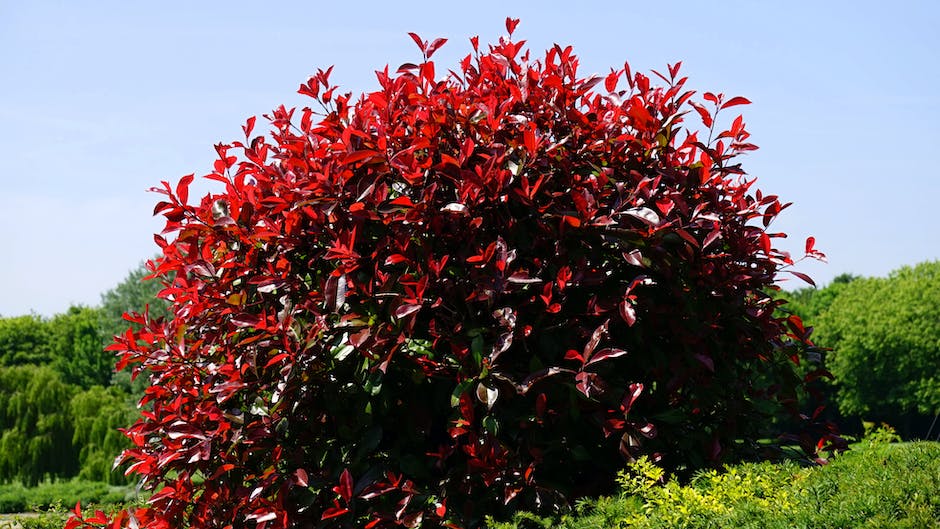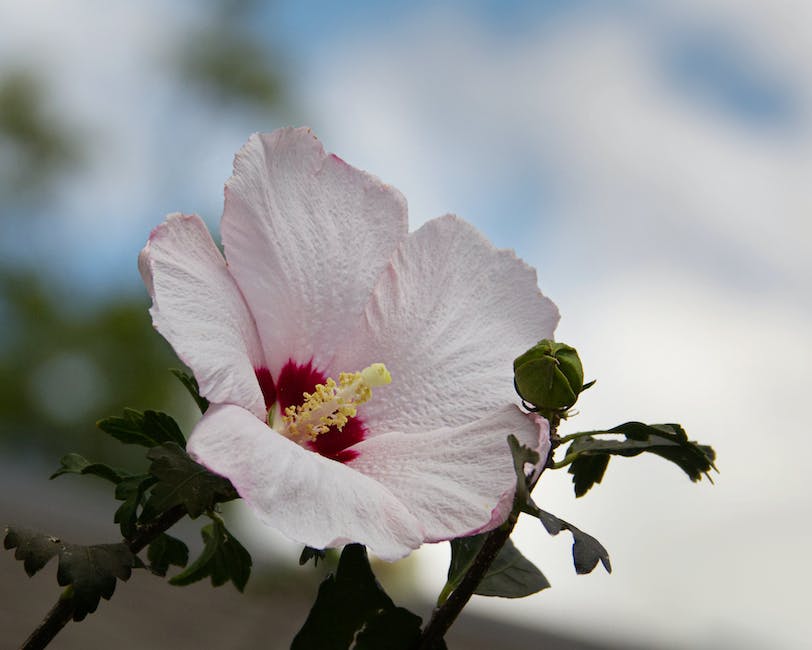Master the Art of Trimming Your Rose of Sharon

The Rose of Sharon is a beautiful plant that brings a splash of color to any garden. However, to maintain its aesthetic appeal and overall health, it requires the right care, including well-timed and proper trimming. This endeavor takes into account the beautiful plant’s unique growth cycle, its blooming period, and its distinct structure. Also, like any trimming job, utilizing the appropriate tools and techniques can make the difference between a thriving Rose of Sharon and one that wilts away. But the work doesn’t end there, as post-trimming care is critical in ensuring the plant bounces back robustly from the impact of pruning.
Understanding the Nature of Rose of Sharon
Unveiling the Refined Elegance & Dynamic Growth of the Rose of Sharon
Let’s dive straight into the wonderfully enthralling world of Hibiscus syriacus, popularly known as Rose of Sharon. A fleeting glance at this deciduous shrub is enough to steal hearts, with its eye-catching colors and alluring form. It has consistently been a hit, primarily due to its dynamic growth and superior adaptability to severe weather conditions, imbibing it with the admirable character of a survivor!
Key Features that Make Rose of Sharon a True Delight
Each Rose of Sharon stands out with its unique set of characteristics. A typically robust and upright shrub, Rose of Sharon fascinatingly sprouts new shoots from the base annually. It can reach an impressive stature, standing tall between 8-10 feet, with a spread of about 4-6 feet, making quite a statement in any landscape.
Perhaps the most enchanting aspect of this species lies in its intricate, large, trumpet-shaped flowers, which can span 2-4 inches across. These blooms add a vibrant splash of color to the canvas of nature, with colors typically ranging from white and pink to red, lavender, and even a distinct shade of bluish-purple. These stunning flowers usually bloom from late summer through fall, extending the beauty of the flowering season when most plants are beginning to shed their blossoms.
Contrasting the showy flowers are the plant’s simple, yet elegant leaves. The medium to dark green leaves may vary in shape, from three-lobed to slightly toothed or altogether smooth. They provide an admirable backdrop to the vivacious blooms, further accentuating their majestic appearance.
Resilience and Consistent Growth Patterns
Apart from its flamboyant looks, Rose of Sharon has won the hearts of many with its steadfast growth patterns and noteworthy resilience. Let’s explore this further.
The Rose of Sharon ushered into the growing season starts its impressive growth in late winter or early spring. Initially, the shrub appears bare, with the buds still dormant. However, with the arrival of spring’s warmer temperatures, succulent green leaves begin to unfurl.
Come summer, while many plant species grapple with the intense heat, Rose of Sharon starts its spectacular blooming. These radiant flowers continuously charm their spectators until the arrival of fall.
Flexibility is undoubtedly one of the most commendable attributes of this plant species. This shrub displays an uncanny ability to survive in a variety of soil types, except for those that are continually waterlogged. Albeit, it flourishes exceptionally well in well-drained soil rich in organic matter.
Rose of Sharon also exhibits superb tolerance against varying light conditions. It is quite content soaking in the full sun or partial shade and even manages to burst into a riot of delightful colors in both settings. However, the intensity of the bloom is relatively more vibrant under full sun exposure.
The Rose of Sharon, with its extraordinary resilience, showy blooms, and noteworthy growth patterns, quickly transforms any landscape into a sight to behold. Whether these are grown as standalone specimens, arranged in beautiful hedges, or planted as an integral part of a mixed border, Rose of Sharon promises an enticing backdrop of blooms from summer to fall, lifting spirits and brightening any space.

Trimming Tools and Techniques
Tools and Techniques: Perfectly Pruning The Rose of Sharon
Jumping right into the heart of pruning a Rose of Sharon, it is essential to understand the need for proper tools and techniques to ensure the health and vibrancy of this remarkable shrub. What makes Rose of Sharon truly captivating is their vibrant hues of flowers. However, to maintain this mesmerizing sight, regular pruning to remove dead growth and encourage vivid blossoming is indispensable.
Tools for the Task
Starting with the most indispensable tool, a hand pruner or secateurs is the first tool to have. This handheld tool is ideal for cutting off branches less than a half-inch in diameter. Given the small size of the Rose of Sharon’s branches, it works perfectly. Clean and sharp secateurs prevent jagged cuts or bark tear, reducing the chance of infecting the pruned shrub.
For larger branches or instances of overgrowth, loppers are an excellent tool to have in your Rose of Sharon care-kit. These long-handled pruners provide the leverage needed to cut through branches up to approximately three inches in diameter.
Additionally, pruning saws come in handy when you have to deal with thicker, well-established branches. The triangular-shaped teeth make clean cuts, preventing unnecessary damage to the bark. Remember, every tool needs a good cleanup after use; it reduces tool wear and prevents the transfer of diseases among plants.
Pruning Techniques
Understanding the art of pruning enhances the health and flowering potential of Rose of Sharon. The well-accepted period to prune is in late winter or early spring when the plant is still dormant. The absence of foliage allows clear visibility to choose the branches to cut.
It’s advisable to prune about a third of the oldest, tallest stems down to ground level each season. This thinning-out technique stimulates the growth of new stems from the base, leading to a full, vibrant, and youthful look.
Cut about a quarter-inch above a bud facing the direction you want that branch to grow in the coming season. This directs growth and maintains the plant’s shape.
Also, remember to remove the ‘Three Ds’: Dead, Diseased, and Damaged wood. This rids the plant of potential sources of infection and permits healthy growth.
The Rose of Sharon’s forgiving nature rewards even the inexperienced gardener. If you make a pruning mistake, don’t worry. This robust plant is likely to rebound with grace. Enjoy the magic of the resplendent Rose of Sharon as you wield your shears and saw with newfound gardening wisdom.

Post-Trimming Care
Now that the lesson on trimming the Rose of Sharon is complete, it’s vital to note the care that should follow this pruning session. Immediately after the cuts have been made, it’s necessary to protect the cut branches by applying a tree wound dressing. This discourages harmful disease and insect infestation and promotes quicker healing. These dressings are readily available in gardening indulgence stores and online.
In the aftermath of pruning, Rose of Sharon plants need optimal nourishment to bounce back beautifully. Consider feeding them a slow-release, well-balanced fertilizer. Look for a mix labeled, such as 10-10-10 (Nitrogen-Phosphorus-Potassium), or a similar ratio. The numbers indicate balanced nutrition, which is quintessential for a hearty recovery phase. Remember to follow the product’s instructions; over-feeding is counterproductive and can stress the plant.
Just as trimming has its season, so does fertilizing. The best time to feed your Rose of Sharon is in early spring, as new growth begins. Feed your plant once more in mid-summer to give an extra boost.
A harmonious dance between watering and drainage is equally important post-pruning. Sufficient water provokes adherence with fertilizer, eases shock, and sustains vigorous growth. It’s advisable to water deeply immediately after trimming, soaking the soil to about eight inches deep.
Just like a sponge absorbing water, soil around the Rose of Sharon shouldn’t remain waterlogged. Proper drainage is required to prevent the roots from drowning. If your soil retains water for prolonged periods, consider amending the soil with organic matter to improve drainage.
Following these steps and creating a regular regimen for the care of your Rose of Sharon will pay dividends. A regular watch will also keep you abreast about any potential issues going unnoticed. Don’t fret if your Rose of Sharon looks a bit dismal post-prune. Remember that you are setting the foundation for a more vibrant, healthier bush with ample blooms come summer and fall.
Recall the hardiness and adaptability of this plant; your Rose of Sharon will thank you for your expertly delivered care—no fanatic gardener would desire anything less. Shower your plant with the care it deserves, and it will return the favor with enchanting blossoms to create floral poetry in your garden space. Enjoy your new course as a decorated Rose of Sharon aficionado, continually improving with every pruning and care session.

There’s no denying that maintaining the beauty and health of a Rose of Sharon requires effort, including understanding its growth pattern, using the right pruning tools and techniques, and providing the necessary care post-trimming. Yet, the reward of seeing this stunning plant flourish is well worth it. After all, a well-manicured Rose of Sharon is truly a sight to behold. As you utilize the knowledge and skills shared, you’ll find great joy in nurturing your Rose of Sharon and witnessing it display its full bloom, bold and beautiful, in your garden.



